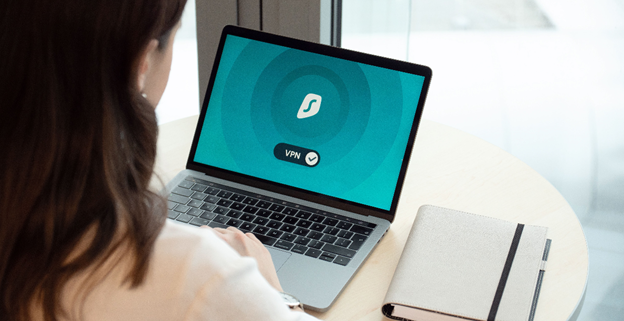Five Cybersecurity Tips from a Trusted SST Partner
Cybersecurity breaches are one of the largest threats to all businesses and organizations, regardless of size, revenue, location, or industry. Here at SST, we know that cyber threats affect not only our team and data but also the data and privacy of our clients. That is why we collaborate with the experts from Symtec, our outsourced technology team, to receive extensive cybersecurity training and phishing simulations.
Below, we’re highlighting five of Symtec’s most beneficial tips and tricks when it comes to protecting yourself online and flagging potential security threats.
- Make sure that you keep one password unique to your email. If an e-commerce site that you’ve signed into gets hacked – and you’ve used the same password for your email – hackers will likely gain access to your inbox, as well. From there, they will be able to obtain additional data and passwords.
- Enable dual-factor authentication to access your bank account. This will prevent a hacker from getting into your account, even if they crack your password.
- When you’re accessing an online banking site or any other site with sensitive information, make sure to log out before closing your browser. If you simply close your browser, session information that a hacker can use to gain entry to your account is still running in the background.
- A firewall helps protect your device, but it must be updated regularly to recognize new security threats. An outdated firewall is useless against an attack.
- Do not use work devices for personal use. For example, over 600,000 Facebook accounts are hacked every day. If you use a company device to access a compromised account, you open a door to a hacker who can then get into your company’s network.
For additional information on cybersecurity, sign up for Symtec’s weekly cybersecurity tips, sent directly to your inbox. And if you think your finances were compromised by a previous cybersecurity breach, contact the experts at SST for immediate support.







